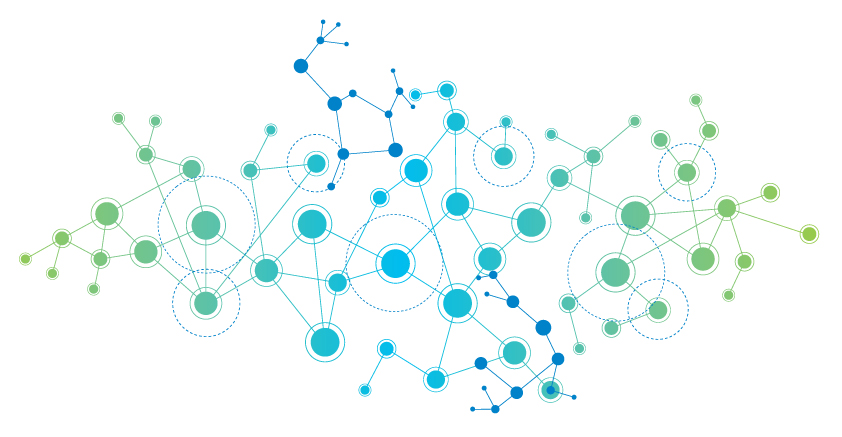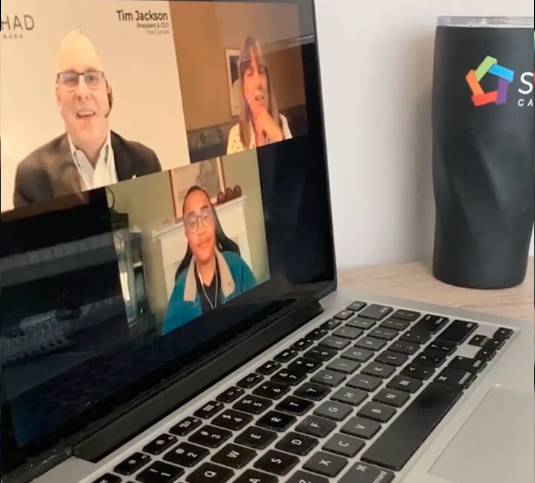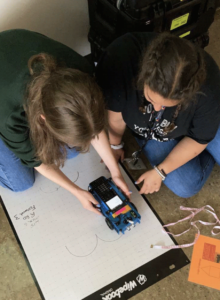By: Alvina Mardhani-Bayne, PhD, Education and Shad’s Recruitment Manager
“It is only by equipping youth for the future that we can transform the future.”
UNESCO
Part of my calling as an Educator is to, in the words of UNESCO, “equip… youth for the future,” but I often wonder what being “future ready” really means, especially when some of the jobs that we take for granted may not even exist by the time high school students enter the workforce.
Last year, the Conference Board of Canada (an applied research organization) hosted a national Future Skills Summit that invited people to think together about Canada’s future in our rapidly changing world and published a report of their findings. Of the many interesting ideas they tackled, one stands out: to be future ready, young people need digital skills, green skills, and social-emotional skills (p. 6). It’s not enough to know the hard skill of how to code – being future ready also means being able to communicate and being open to learning new things (p. 11). We need to know about more than one area of specialization if we want to be proactive about our many possible futures.
This makes me think about interdisciplinarity, a way of approaching problems that combines two or more subjects (Repko, 2011). The key is that the two or more subjects aren’t enough on their own to solve a problem – they must be integrated with one another because that synthesis takes us somewhere new (Repko & Szostak, 2020).

Interdisciplinarity is a new idea for a lot of young people. Last year, I was invited to lead a group of secondary students through a workshop on interdisciplinary thinking. My first ask of them was to, in groups of 2 or 3, write a ‘best guess’ definition of interdisciplinarity. I had suggested they break the word into recognizable chunks to try to figure out what it might mean. In thinking about “discipline,” many of them leapt to ideas of restraint and punishment, rather than fields of study.
I have a few theories about why that happened:
- These students had just received their report cards a few days prior, so some had self-discipline on the brain.
- Most young folks don’t hear the word “discipline” used in this specialized way until they get to post-secondary.
- The ways our school systems are organized – with separate time slots for math, physics, languages – contributes to the idea that these different disciplines don’t “go together.”

I know that there are many amazing educators, curricula, and programs dedicated to ensuring that students have strong foundations in individual school subjects – and that such learning sets young people up for successful interdisciplinary thinking in the future. However, introducing interdisciplinary thinking to high school students is critical. Why? Because high school students are at a pivotal point in their lives: they are making decisions about their futures and choosing what their early adulthood will look like. They are picking their high school courses and their extracurriculars, and they are exploring possible post-secondary options. Having some exposure to interdisciplinarity now means that students can make better-informed decisions that will let them customize their pathways into the future.
We, as the adults who support young people, must keep building and continually add more accessible opportunities for interdisciplinarity. Opening a door (or two!) for a young person is a big part of our purpose.
One of those doors to experiencing interdisciplinarity, for some students, is Shad.

At Shad, interdisciplinarity is baked right in. Students hear from experts across many fields – lawyers, engineers, entrepreneurs, mathematicians, oncologists, artists, and naturalists (among others!). They see firsthand that many adults incorporate ideas and tools from many disciplines to achieve their goals, and they get introduced to interdisciplinary insights.

And what do they do with those interdisciplinary insights? They live through being part of a team that leverages multifaceted thinking to work on complex social problems together. They develop both hard skills and soft skills. For example, Jocelyn (a Shad2022 alum) told us that her biggest takeaway from her Shad experience was that “entrepreneurship is a lot more than the design of an innovative project. There are all sorts of other factors including media, human resources, finance, advertisement, and business modeling.”
The exposure to interdisciplinarity at Shad also inspires students to think about their own futures a bit differently. As Jocelyn told us, her dream is “to find ways to incorporate aerospace technology with environmental technology and improve energy usage across the globe.” We need to introduce interdisciplinarity to young people because the challenges that they are telling us they want to solve – issues like food insecurity, social inequality, and the implications of artificial intelligence – require a deep understanding of multiple disciplines.
In this context, I can give some concrete advice when talking to young people about their futures – we might not know exactly what it will look like, but we do know that interdisciplinarity will play a role. We can talk from a place of experience about the constraints and benefits of interdisciplinarity together.

Interdisciplinarity isn’t a panacea, but it’s one of the many tools we have to help young people in being ready for whatever the future might throw at them. In celebrating this year’s International Day of Education, let’s be sure to applaud our work as educators in laying the groundwork for our students to tackle the complexities of their next steps. If you’d like to share your experiences, think together about future-ready education, or brainstorm ways that schools can collaborate with out-of-school learning opportunities, please feel free to reach out – alvina@shad.ca. I’d love to hear from you!